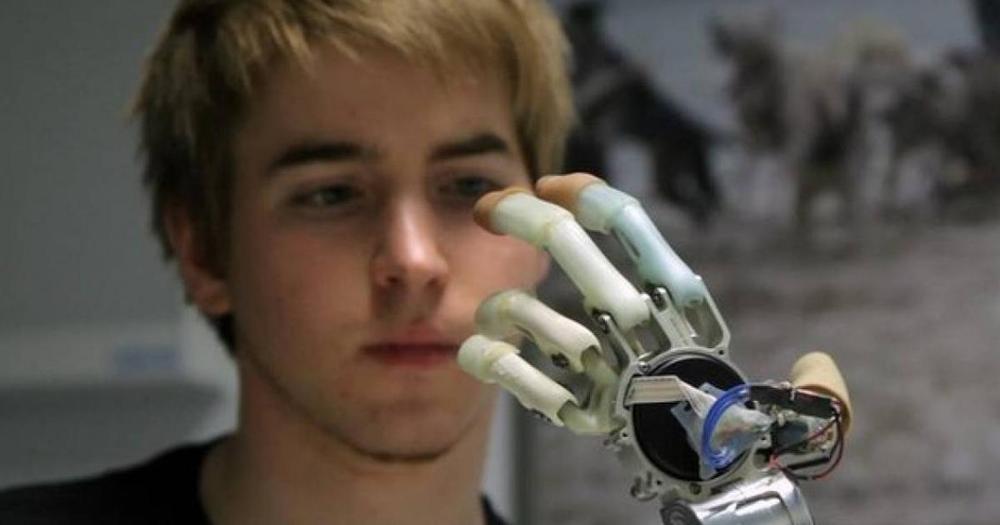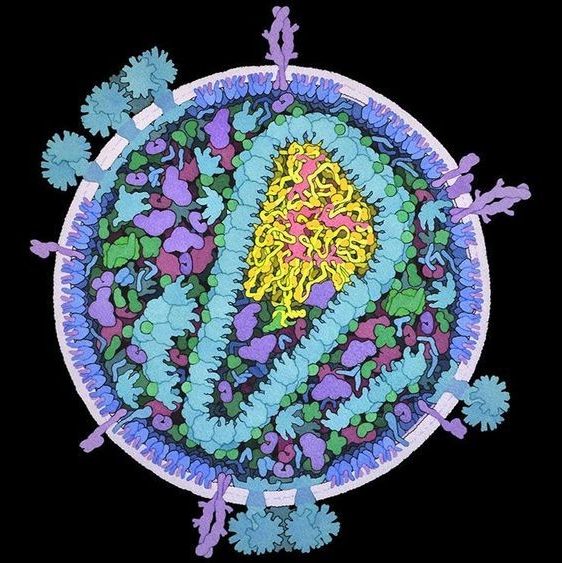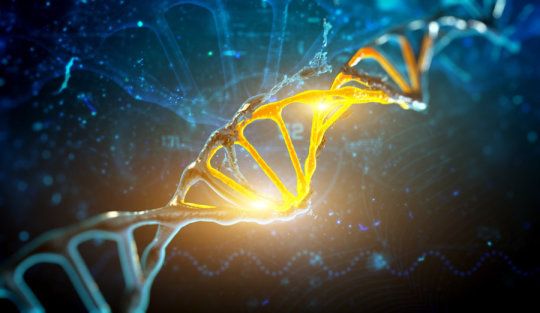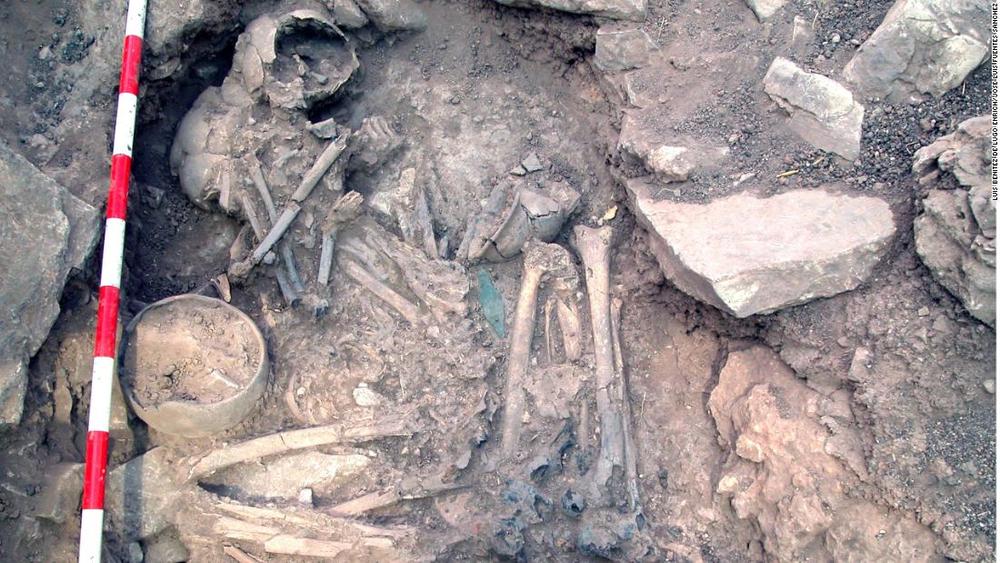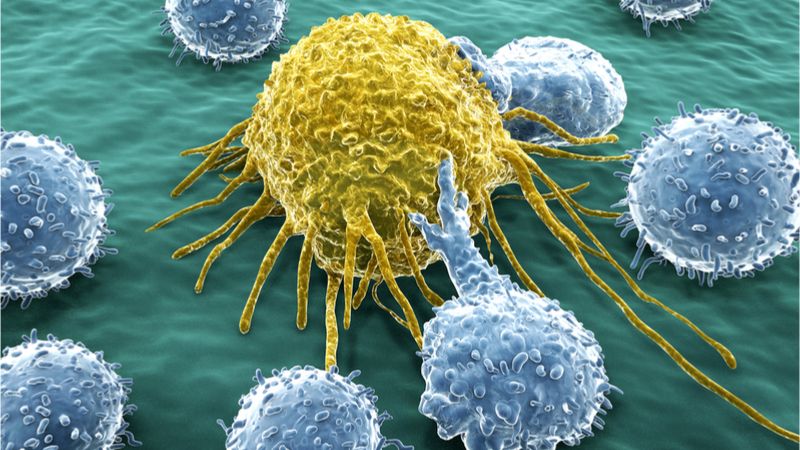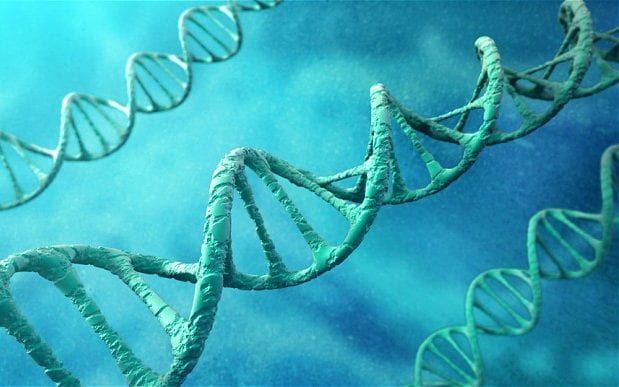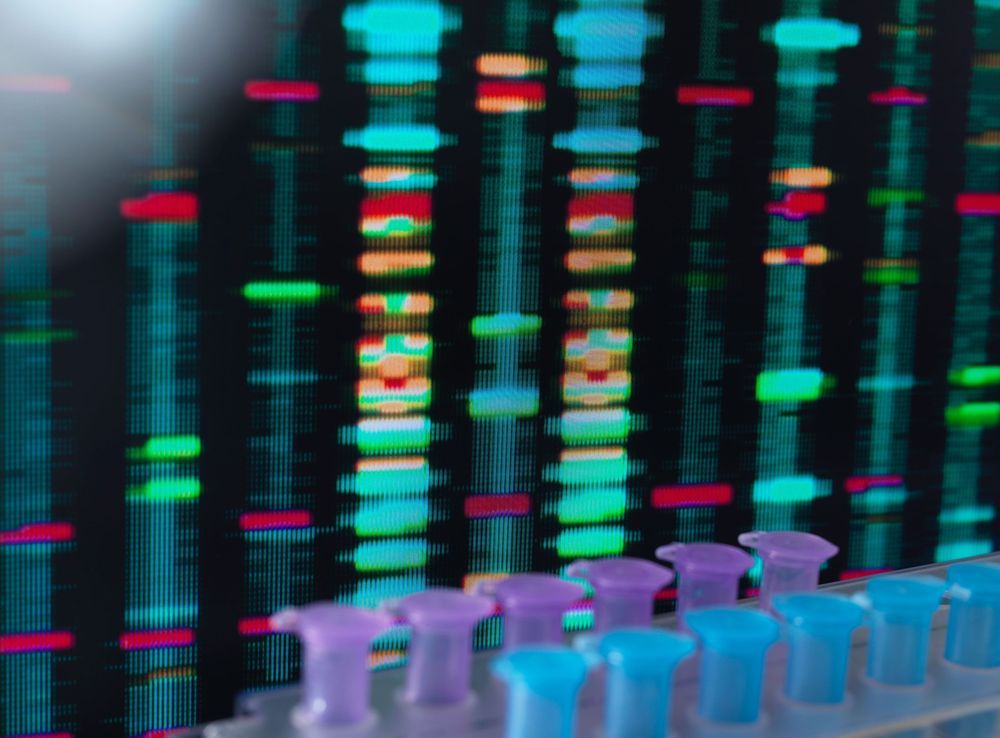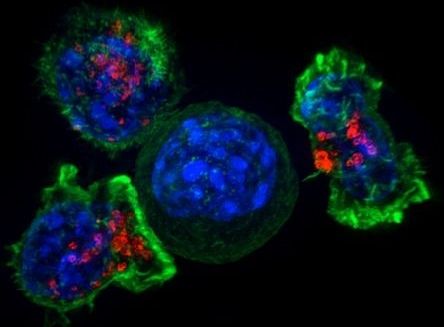Humans have long envied animals that are able to regenerate parts of their bodies. Arms, legs, tails, even whole chunks of the organism. Yet despite all the technology and best efforts, humans don’t have this ability. However, this could all change. Harvard University uncovered the DNA switch that controls genes for whole body regeneration. This means that one day, humans may be able to grow back lost limbs!
Many people know that certain animals are able to achieve extraordinary feats of repair, such as salamanders which grow back legs, or geckos which can shed their tails to escape predators and then form new ones in just two months. It doesn’t stop there either. Planarian worms, jellyfish, and sea anemones take this regeneration to a whole new level and can actually regenerate their entire bodies after being cut in half.

